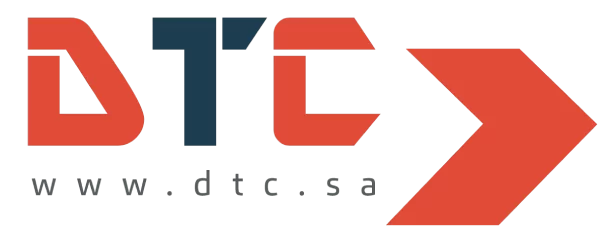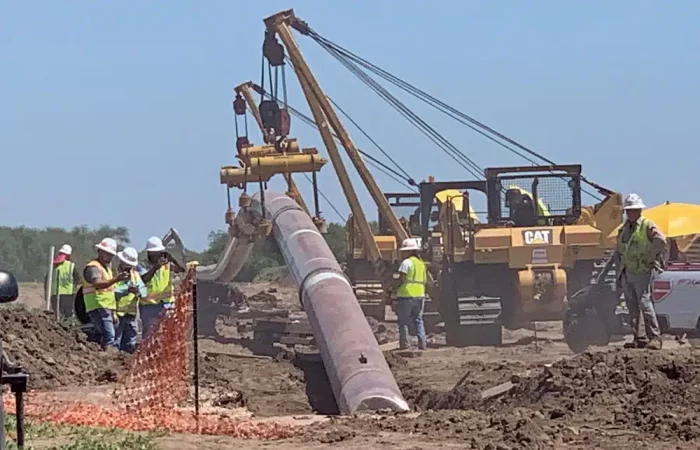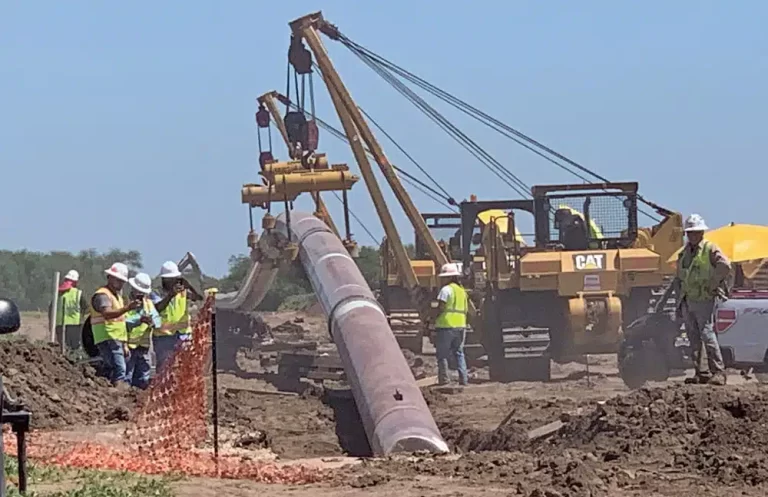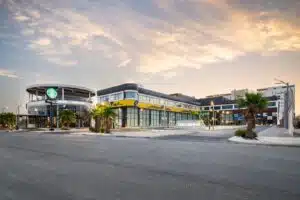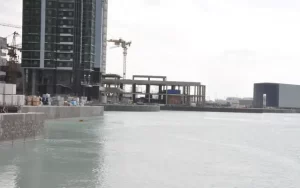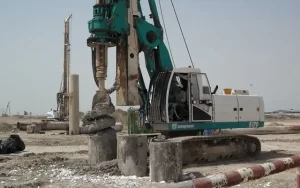How Horizontal Directional Drilling Works
Introduction
Modern infrastructure projects demand safe, efficient, and sustainable ways to install underground utilities. Traditional open-cut excavation can be disruptive, expensive, and environmentally damaging, especially in busy urban areas or ecologically sensitive locations.
This is where Horizontal Directional Drilling (HDD) comes in. HDD is a trenchless drilling technique that allows pipelines, conduits, and cables to be installed beneath obstacles such as roads, rivers, and buildings with minimal surface disruption.
In this article, we’ll break down how HDD works step by step, covering its equipment, process, safety considerations, and real-world applications in Saudi Arabia.
What is Horizontal Directional Drilling?
Horizontal Directional Drilling is a guided, trenchless drilling method that creates a borehole along a pre-determined path. This borehole is then used to install a pipe, conduit, or cable without the need to excavate a trench along the entire length of the installation.
It combines drilling technology, fluid mechanics, and advanced guidance systems to achieve precision, even in challenging soil conditions.
Why HDD is Important
-
Reduces Disruption: Roads, railways, and landscapes remain intact.
-
Cost-Effective: Lower restoration and labor costs.
-
Environmentally Friendly: Protects ecosystems and water bodies.
-
Essential for Modern Cities: Supports underground utilities in crowded areas.
In Saudi Arabia, HDD is crucial for oil & gas, telecommunications, water distribution, and smart city infrastructure under Vision 2030.
Step-by-Step Process: How HDD Works
1. Planning and Design
Before drilling begins, engineers conduct:
-
Geotechnical surveys to analyze soil, rock, and groundwater.
-
Utility mapping to identify existing underground services.
-
Route design using software to ensure safe bore path alignment.
The planned route must avoid conflicts with other utilities and maintain minimum cover depths under roads or rivers.
2. Site Preparation
-
Entry and exit pits are marked and excavated.
-
HDD rig, mud systems, and support equipment are mobilized.
-
Safety barriers and signage are installed.
3. Pilot Bore Drilling
-
A directional drill bit attached to a drill string begins drilling the pilot hole.
-
Operators use a guidance system (walkover tracking, magnetic guidance, or gyroscopic steering) to monitor and adjust the bore path.
-
Drilling fluid (bentonite/polymer slurry) is circulated to cool the bit, remove cuttings, and stabilize the borehole.
4. Hole Enlargement (Reaming)
-
Once the pilot hole is completed, it is gradually enlarged using reamers or hole openers.
-
The reaming process may require multiple passes, depending on final pipe diameter.
-
Drilling fluid continues to support the hole and transport cuttings to the surface.
5. Pipe Pullback
-
The pipeline, conduit, or cable is prepared at the exit side.
-
A swivel connector is attached to the drill string to prevent rotation stress.
-
The product pipe is pulled back through the reamed borehole while drilling fluid lubricates the process.
6. Completion & Restoration
-
The borehole is sealed around the pipe by residual drilling fluid and soil.
-
Hydrostatic or pressure testing may be conducted for pipelines.
-
The site is restored to its original condition (roads, landscaping, etc.).
Equipment Used in HDD
-
Drilling Rigs: Surface-launched rigs, capacity from 20 to 500 tons.
-
Drill Pipe & Bits: Specialized tools for steering and cutting.
-
Reamers: Used to enlarge pilot holes.
-
Drilling Fluids System: Mixes and recycles bentonite/polymer fluids.
-
Guidance Systems: Walkover, wireline, or gyroscopic tracking devices.
-
Swivels and Pulling Heads: Protect pipelines during pullback.
Safety in HDD
Safety is critical in HDD operations. Common measures include:
-
Utility strike prevention through accurate mapping.
-
Monitoring drilling fluid pressure to avoid frac-outs.
-
PPE for workers (helmets, boots, gloves, vests).
-
Emergency plans for fluid spills or equipment breakdowns.
-
Compliance with Saudi Aramco, SBC, and Civil Defense standards.
Environmental Considerations
-
Use of biodegradable drilling fluids.
-
Recycling and safe disposal of drilling mud.
-
Preventing inadvertent returns (drilling fluid seepage).
-
Protecting sensitive ecosystems in coastal or wetland zones.
Applications of HDD in Saudi Arabia
-
Oil & Gas Pipelines
-
Installing lines beneath highways, railways, and industrial areas.
-
-
Water and Sewer Networks
-
Underground installations in dense urban developments.
-
-
Telecommunications & Fiber Optics
-
Supporting Vision 2030 smart city projects.
-
-
Power Infrastructure
-
Conduits for underground electrical distribution.
-
-
Environmental & Coastal Projects
-
Crossings under waterways with minimal impact.
-
Advantages of HDD over Open-Cut Methods
| Feature | HDD | Open-Cut Excavation |
|---|---|---|
| Surface Disruption | Minimal | High |
| Cost Efficiency | High (low restoration costs) | High excavation + restoration |
| Speed | Fast for congested/urban areas | Slower in cities |
| Environmental Impact | Low | Significant |
| Safety | Safer for traffic & utilities | More risk of accidents |
DTC’s HDD Experience in Saudi Arabia
At DTC General Contracting, we deliver HDD projects across the Kingdom with precision and efficiency. Examples include:
-
Pipeline crossings in Dammam Industrial City.
-
Telecom conduit installations in Riyadh smart city projects.
-
Waterline projects under roadways in Jeddah and Al Khobar.
Our approach combines modern rigs, advanced tracking systems, skilled teams, and environmental responsibility.
The Future of HDD in Saudi Arabia
With the growth of logistics hubs, mega-projects (NEOM, The Line), and urban expansion, HDD is set to play an even bigger role in the Kingdom.
-
Supports sustainable infrastructure.
-
Reduces urban disruption.
-
Enables large-scale underground utility networks.
Conclusion
Horizontal Directional Drilling (HDD) is one of the most important trenchless technologies shaping modern infrastructure in Saudi Arabia and globally. By combining precision drilling, advanced guidance, and sustainable practices, HDD allows critical utilities to be installed efficiently and safely under roads, rivers, and urban environments.
For projects that demand speed, safety, and sustainability, HDD is the solution—and DTC General Contracting is your trusted partner for delivering it.
Call to Action
Looking for expert contractors for Horizontal Directional Drilling in Saudi Arabia?
Contact DTC General Contracting today for trenchless solutions tailored to your project.
📞 +966 566 41 1325
📧 info@dtc.sa
🌐 Visit Our Website
📺 YouTube | 💼 LinkedIn
